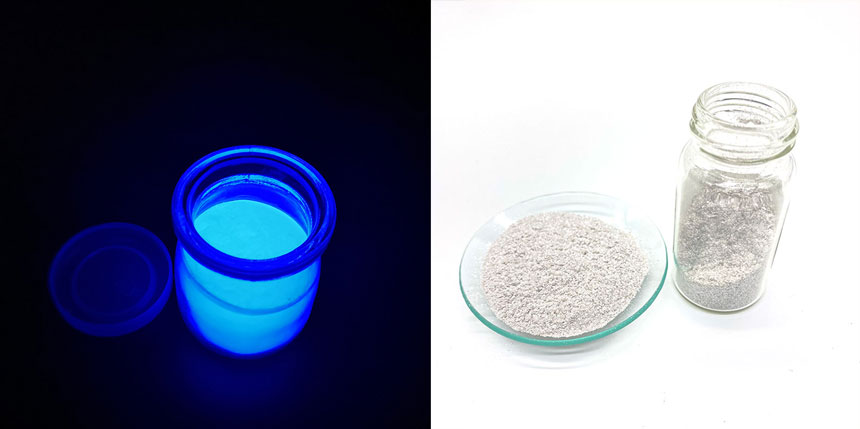Part 2: Color and effect creation - Types of effect pigments
24 Jun 2022
In last blog, we ever simply introduced some points about color and effect creation. As we all know, different types of effect pigment must bring different surface visual effect, and it's crucrial for the creation of color and effect.
Types of effect pigments
The combination of effect pigment/organic or inorganic pigment
During the formulation of a color, the main limiting factors to be taken into consideration are the transparency of the effect pigment and the required hiding power. This is, for example, very important when a mica or metallic color is being prepared for the automotive industry. This leads to a number of general principles.
For base coat/clear coat application, it is impossible to achieve sufficient coverage with a product that contains only effect pigments. If nevertheless, a pure effect pigment appearance is desired, then a high-opacity product, usually a white solid color, must be first applied on the filler. This is known as a tri-coat system.
The following solutions are possible to formulate effect pigment containing products with sufficient hiding for base coat/clear coat application:
1. Use in combination with carbon black. This naturally leads to darker, deeper colors.
2. Use in combination with transparent organic or inorganic pigments. Here deep, brilliant colors can be formulated. Depending on the color, carbon black may need to be added.
Sometimes it helps to use effect pigments with a smaller particle size, i.e. with a greater ability to scatter light, to achieve the necessary coverage. However, under no circumstances may an arbitrary increase in effect pigment level be used to improve the opacity.
Another solution is to add a small amount of aluminum pigment. The desired hiding is quickly achieved, but, as is the case with effect pigments with smaller particle sizes, it is at the expense of brilliance, effect and chroma.
In practice, all four solutions are used. But the choice depends on which method allows the formulation of colors with sufficient hiding to be achieved. Thus, a typical automotive "mica-coating" is made up of the following components: effect pigment, transparent organic or inorganic pigment, carbon black and possibly aluminum pigment. The ratio of the individual components can vary. Approximate values are: approx. 60 % effect pigment, approx. 35 % organic or inorganic pigment, approx. 2 % carbon black and a maximum of 3 % aluminum.
Except the above examples of combination of different types of pigment, iSuoChem also supply different solutions for other color and effect creation, like combining blue glow powder and silver white pearl pigment to imitate some appearances of “the galaxy”.

Or help you to do some tests in other combinations of effect pigments as below:
Glitter pigment, fluorescent pigment, aluminium pigment, glow in the dark powder, thermochromic pigment, photochromic pigment, tie dy powder, bronze powder, flocking powder, color flakes, iron oxides, chrome pigment, organic pigment, optical variable pigment (Multi-color chrome pigment) and other effect pigments.
